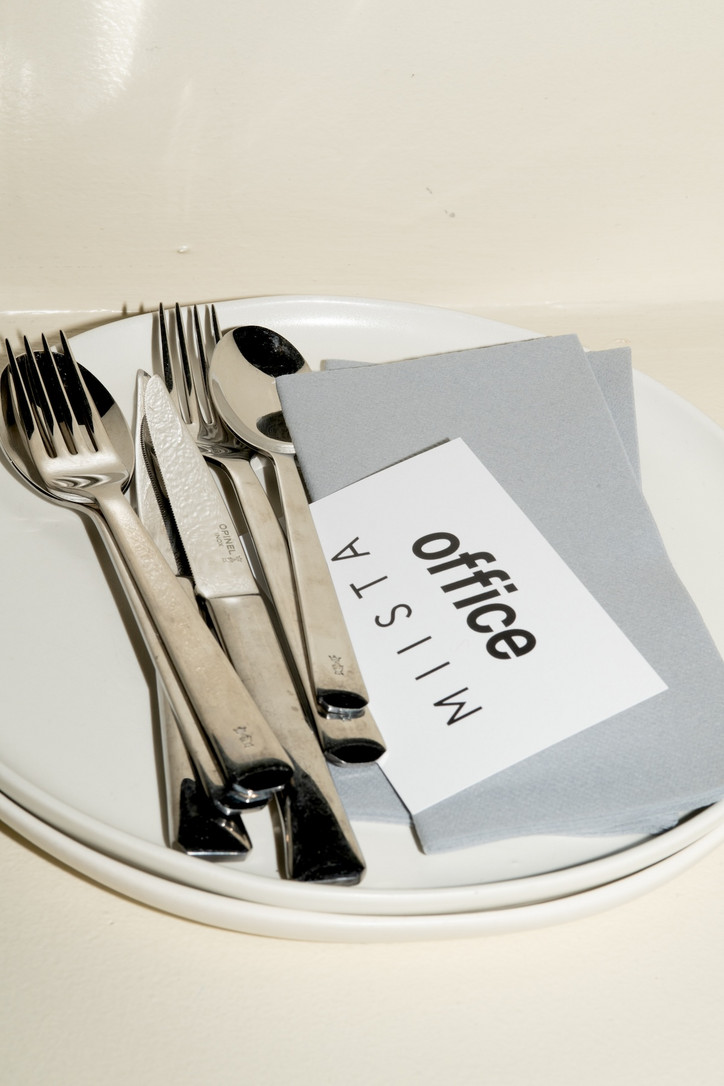What made you create these images?
Mainly what motivated me to create again after so long was being trapped in a depressive loop, blinded by the violence I inflicted on myself, not the physical, the mental one caught me completely, my loneliness caught me, my sadness, my personal block, not only creative, my anguish, my addictions, my experiences I constantly repeated but I was saved by my hope that there is always more and that if you want it you can, to never give up and that if I don't achieve it nothing happens, that today I am and tomorrow I don't know, it doesn't matter if I am up or down, nobody is more or less, the important thing is to enjoy and love the process.
How do you work as a creative?
My work as a creative is based on developing my emotions and experiences as much as possible, without limiting myself, without fear of making mistakes, without fear of being judged.
All my creativity flows from my emotions, regardless of anything I see or hear. From a simple cry or anger to the thought that one day I will die and not wanting to be left wanting to live. The experience fills me with everything possible that I didn't have before taking these photographs. It marked a turning point in my life, because of the simplicity and unpredictability of this project. Thanks to this, I am not limited to doing or thinking what previously limited me.









